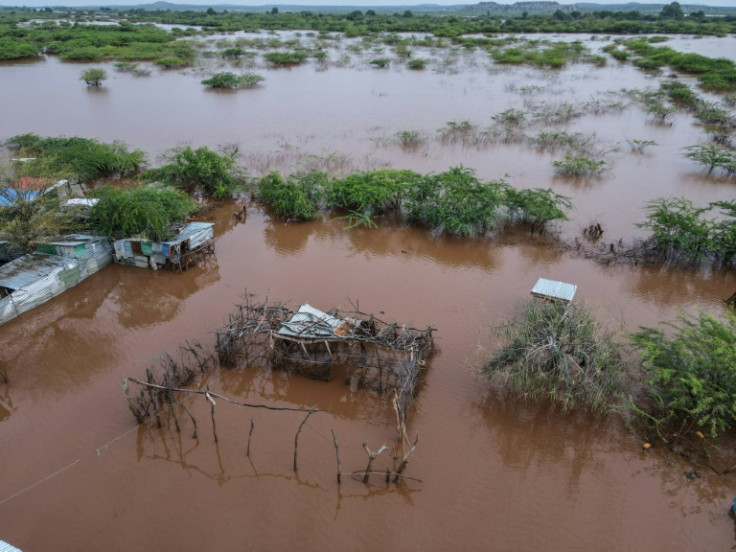
Persistent rains and floods have wreaked havoc in parts of East Africa in the last few weeks. More than a million people have been displaced, while 350 people have been killed in Somalia, Kenya, Ethiopia, and Tanzania.
Mudslides and flooding due to heavy rains since October have affected large parts of the Horn of Africa, one of the regions most vulnerable to climate change.
As many as 136 people have died in Kenya in separate rain-related incidents, while thousands have been displaced. The torrential rains have been attributed to the El Niño weather phenomenon.
El Niño is the natural warming of parts of the Pacific Ocean that changes the weather worldwide. It is associated with an increase in temperature globally. The hottest year in recorded history, 2016, was an El Niño year.
Episodes of El Niño typically last for nine to 12 months. However, sometimes they can last for years. It occurs every two to seven years. It not only affects global climate patterns but also the marine ecosystem.
While the northeastern parts of Africa experience rains and floods due to El Niño events, its southern and northern regions face severe drought. Acres of farmland, animals, and humans have all been affected by the incessant downpours experienced by the region in the last few weeks.
More than 113,000 people have been displaced in Somalia due to heavy flooding, according to the data provided by the UN Office for the Coordination of Humanitarian Affairs (OCHA).
This comes after Somalia saw five consecutive failed rainy seasons, leaving millions of people in a desperate situation. As many as 43,000 people may have died in Somalia last year due to the drought in the country.
The UN estimates that nearly 72 million people require humanitarian aid across East Africa due to the catastrophic effects of climate hazards and conflict.
"Some months back, we were affected by severe drought and now we are complaining about too much water. People are always feeling the stress of these two impacts," CNN quoted the Director of Communication for the Somali Red Crescent Society, Abdulkadir Afi, as saying.
Floods Between October and November affected an estimated 1.5 million people mainly in the Somali, Oromia, Afar, South Ethiopia, and Gambela regions.
According to the United Nations' humanitarian agency (OCHA), 110 people have died in Somalia, 57 in Ethiopia, and 49 in northern Tanzania.
The big picture:
A report by the United Nations has said that pollution, extreme weather events, droughts, and floods have affected millions of people across the world. The number of "climate refugees" is only expected to rise if temperatures are not controlled.
Drought, floods, wildfires, extreme temperatures, and marine heatwaves are all being reported simultaneously in different parts of the world. No country or region has remained immune from rising global temperatures.
Rising sea levels have forced communities to relocate, and protracted droughts have put more countries at risk of famine. The years between 2011 and 2020 have been the warmest decade on record.
According to a report by the UN's World Meteorological Organisation (WMO), two million people have already been killed by extreme weather, climate, and water-related events since 1970.
Scientists and climate activists have been urging governments to reduce their reliance on fossil fuels such as coal, oil, and gas since these are the major sources of climate-warming greenhouse gas emissions.
Climate scientists have warned of the consequences the planet might face if humans do not limit the global temperature rise to 1.5 °C above pre-industrial levels.
Professors Johan Rockstrom of the Potsdam Institute for Climate Impact Research and David King, chair of the Centre for Climate Repair at the University of Cambridge, have said that failure to limit the temperature rise could lead to the collapse of life on the planet.







